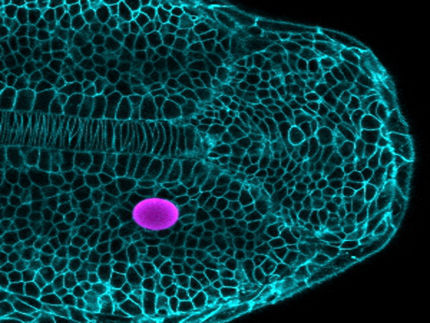New stem cell research removes reliance on human and animal cells
A new study, published in the journal Applied Materials & Interfaces, has found a new method for growing human embryonic stem cells, that doesn't rely on supporting human or animal cells.
Traditionally, these stem cells are cultivated with the help of proteins from animals, which rules out use in the treatment of humans. Growing stem cells on other human cells risks contamination with pathogens that could transmit diseases to patients.
The team of scientists led by the University of Surrey and in collaboration with Professor Peter Donovan at the University of California have developed a scaffold of carbon nanotubes upon which human stem cells can be grown into a variety of tissues. These new building blocks mimic the surface of the body's natural support cells and act as scaffolding for stem cells to grow on. Cells that have previously relied on external living cells can now be grown safely in the laboratory, paving the way for revolutionary steps in replacing tissue after injury or disease.
Dr Alan Dalton, senior lecturer from the Department of Physics at the University of Surrey said: "While carbon nanotubes have been used in the field of biomedicine for some time, their use in human stem cell research has not previously been explored successfully."
"Synthetic stem cell scaffolding has the potential to change the lives of thousands of people, suffering from diseases such as Parkinson's, diabetes and heart disease, as well as vision and hearing loss. It could lead to cheaper transplant treatments and could potentially one day allow us to produce whole human organs without the need for donors."
Most read news
Topics
Organizations
Other news from the department science

Get the life science industry in your inbox
By submitting this form you agree that LUMITOS AG will send you the newsletter(s) selected above by email. Your data will not be passed on to third parties. Your data will be stored and processed in accordance with our data protection regulations. LUMITOS may contact you by email for the purpose of advertising or market and opinion surveys. You can revoke your consent at any time without giving reasons to LUMITOS AG, Ernst-Augustin-Str. 2, 12489 Berlin, Germany or by e-mail at revoke@lumitos.com with effect for the future. In addition, each email contains a link to unsubscribe from the corresponding newsletter.



















































